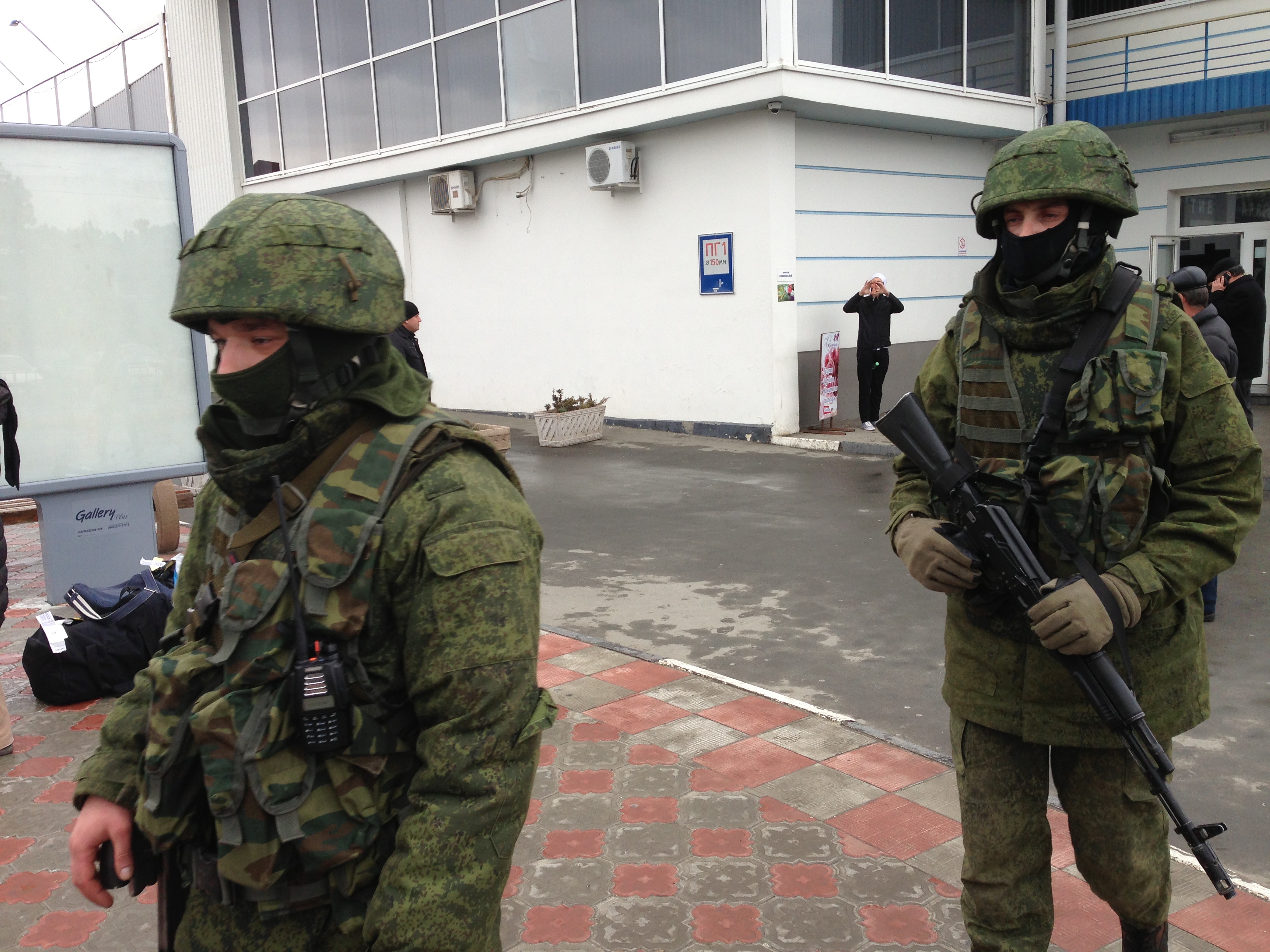19 September 2014 – Savonlinna, Finland
by Timo Mustonen
Warfare today is hardly conventional, nor is responding to it any easier. The recent crisis in Ukraine has brought some new terminology to news reporting to the forefront: Hybrid war. Conventional wars were fought in land, on sea and in the air by conventional forces, and technological advances have not truly changed this approach. Conventional means are used against ISIS and conventional means are keeping boots on the ground in many parts of the world. Hybrid war differs from the pack with its approach; that utilises a broad range of tools more reminiscent of the Cold War era. Speaking broadly, hybrid warfare uses a combination of traditional conflict and some newer approaches in trying to influence citizens and countries both engaged and not-engaged in the conflict. The lines between wartime and peace get blurred.
The term has been raised by NATO‘s Anders Fogh Rasmussen in relation to Russia’s actions in Ukraine, and echoed by Ukraine’s national security chief Mr Parubiy. The term therefore has started to appear more and currently is something that academia and the international community are still trying to define. But all seem to agree it has at least a four pronged approach:
- Deployment of Special Forces
- Information campaigns
- Backdoor proxies
- Cyber warfare
Using Ukraine as an example, some parallels can be made.
Special forces have been spotted in Ukraine; Ukraine’s president has stated Russian troops are in his country and supporting pro-Moscow rebels in the East of Ukraine in the Donetsk and Luhansk regions. Reports of Russian soldiers in Ukraine were commonplace in the early stages of the conflict when unmarked and masked soldiers had been seen patrolling the streets. Later this was confirmed even by President Putin. These soldiers doubtfully are conventional troops, but smaller groups that have been trained in specialist tactics. A standard foot soldier arguably does not respond well to reporters while conducting their work and is not trained in operating in hostile territories outside the conventional battleground.
Information and disinformation campaigns, including propaganda, have been utilised. Hundreds of aid trucks from Russia look good in the Russian media, but they were almost empty when inspected by international observers (if they are allowed to inspect them in the first place). Images of lines of trucks bringing in humanitarian aid are a powerful image, but when they are empty or un-inspected questions of their real use emerge. An empty truck could act as a troop transport, and an un-inspected one could contain anything. These combined with a strong message of denial of actual boots on ground shows Russia in a benevolent light to those ready to believe it (or only watch Russian media). Western countries not engaged in the conflict have not been spared from information campaigns. Finland and Estonia have been given a pro-Russian look and feel in Russian media, in something that President Ilves of Estonia called ”Propaganda 101” on his Twitter feed. Public image – in creating a ”legitimate” look and feel to the Russian actions in Ukraine – is a powerful force in the information age.
Third parties and backdoor proxies, such as citizen activists, local gangs, multinational companies, trade relations and energy pipelines are also actors in this hybrid warfare. As Mr Parubiy states now ”armies do not always take on the role of direct aggressor. Instead, they act to intimidate, while imported diversionary groups, together with local extremists and criminal gangs” do the fighting. Economic counter-sanctions work in this category as well. Russia has raised its own sanctions to counter those of EU and the USA. While not having a direct effect, these sanctions do influence Ukraine as well through import cuts, energy embargoes and so on.
Cyber warfare methods assist in ensuring an all-encompassing approach to the conflict and are now standard practice in military strategy. Here is where new innovations in digital influencing take place. Well timed information strikes create wedges between allies, and paid trolls on both sides comment in the media and spread disinformation. Beyond online mischief and misinformation the true cyber warfare actions happened well before the escalation of the conflict to violence. Both Ukraine and Russia managed DDOS attacks against government and media outlets, and Russia has successfully monitored Ukraine’s networks before the annexation of Crimea. These could possibly resurface as an escalation of the hybrid war.
This all is not to say that both sides of the conflict are not equally engaged in information warfare efforts, as well as more innovative approaches in achieving their goals. While the fighting is carried out by Ukrainian and rebel forces, and arguably some Russian special forces in the mix, another war is waged in the media and in the global markets where the combatants are more numerous. Another threat has also been suggested in Moldova, where Putin might be looking at next.
It is not surprising after looking at all that is happening, that the conflict feels entirely too complex to fully understand. This appears to be the unique face of a hybrid war. Both the act and the response are complex and numerous. They encompass several key aspects from information to economy and grass roots movements. They work via media and business alike. And they reveal the ever shifting shape of modern warfare.
Feature Photo / “Unidentified soldiers at Crimea’s Simferopol airport” – Wikimedia Commons, 2014
DefenceReport’s weekly recap is a multi-format blog that features opinions and insights from DefRep editorial staff and writers. The opinions expressed here are the author’s own and are separate from DefRep reports, which are based on independent and objective reporting.


